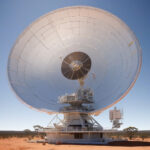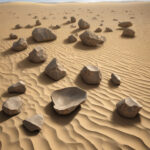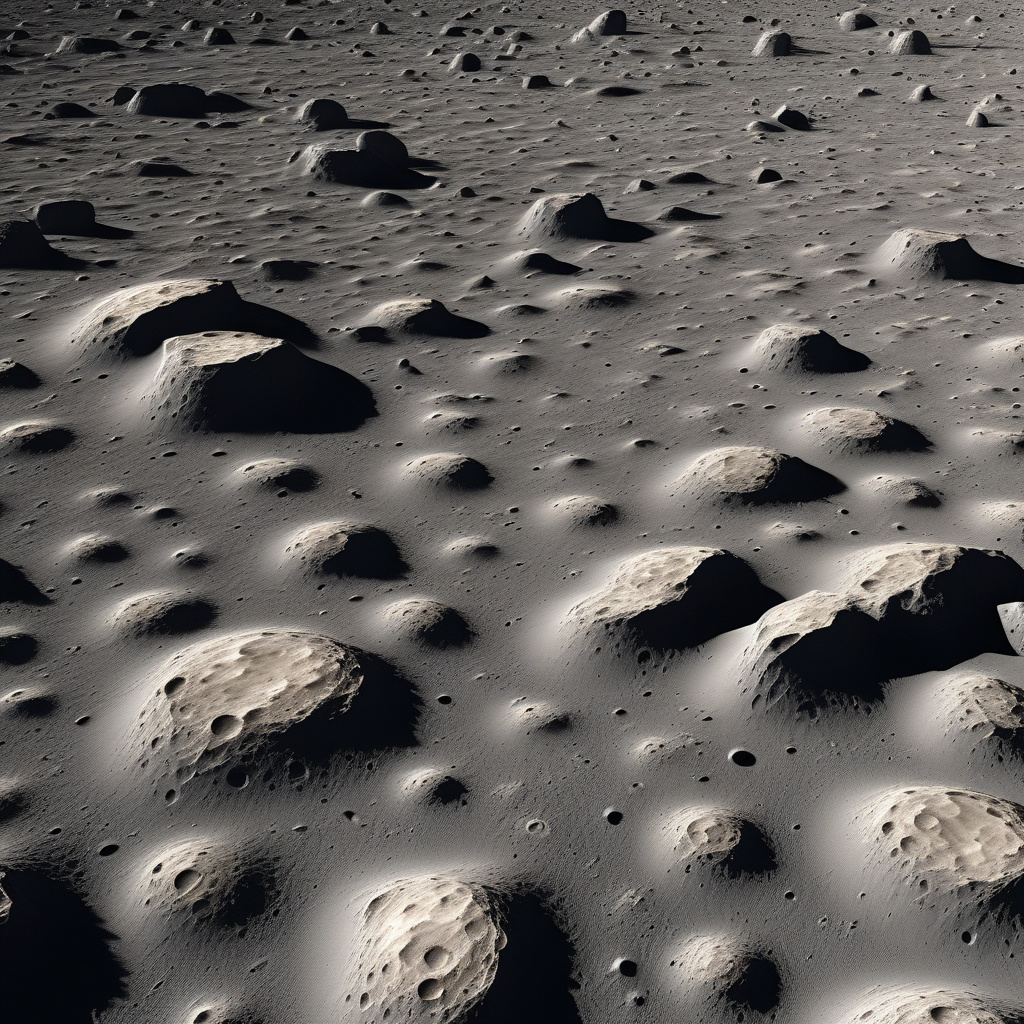Moon is on the move: 245 boulder trails reveal the lunar surface is not still
For decades, scientists have considered the moon a dead world—a silent, unchanging landscape where nothing ever happens. However, recent discoveries have shattered this perception, unveiling a dynamic and evolving lunar surface that challenges our understanding of Earth’s closest celestial companion.
A study published in the journal “Icarus” has revealed that the moon is far from static. By analyzing high-resolution images taken by NASA’s Lunar Reconnaissance Orbiter, researchers have identified 245 boulder trails scattered across the lunar surface. These trails, ranging from a few meters to several kilometers in length, provide compelling evidence of ongoing geological activity on the moon.
The presence of boulder trails indicates that rockfalls and landslides are actively shaping the moon’s landscape. Unlike Earth, which experiences these phenomena due to factors like weathering and tectonic activity, the moon’s geological processes are primarily driven by seismic activity caused by meteorite impacts. When a meteorite strikes the moon, it creates powerful shockwaves that dislodge boulders and send them tumbling down the steep lunar slopes, leaving behind distinctive trails that can be detected and mapped.
One of the most intriguing aspects of this discovery is the age of the boulder trails. By analyzing the sharpness of the trails and the amount of erosion they have undergone, scientists have been able to estimate their ages. Surprisingly, many of the boulder trails are relatively young, indicating that these geological activities are not remnants of the moon’s distant past but rather ongoing processes that continue to shape the lunar surface to this day.
The implications of these findings are profound. They suggest that the moon is a dynamic and evolving world, constantly undergoing changes that challenge the traditional view of it as a desolate and unchanging place. Understanding the moon’s geological processes is not only crucial for unraveling its complex history but also for planning future missions to establish human settlements or extract valuable resources.
Moreover, the discovery of active geological processes on the moon has implications beyond our celestial neighbor. It raises questions about the nature of other seemingly dormant bodies in the solar system and underscores the need for further exploration to uncover the dynamic nature of these worlds.
As we continue to unravel the mysteries of the moon, one thing is clear: our understanding of the lunar surface is far from complete. The discovery of 245 boulder trails is just the beginning of a new chapter in lunar exploration—one that promises to reveal a world that is not as still and lifeless as we once thought.
moon, lunar surface, geological activity, boulder trails, NASA












